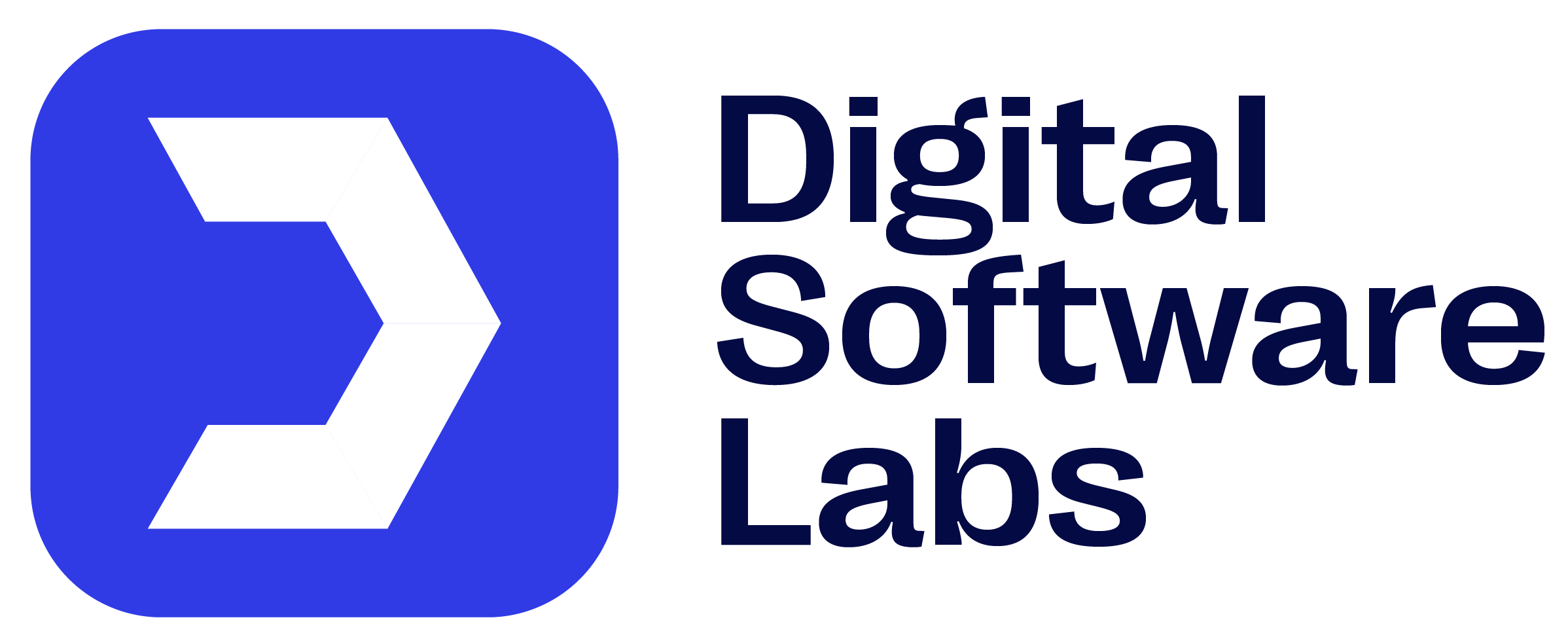Summary
- ChatGPT open AI, now processes over 2.5 billion prompts daily, marking a major milestone in AI adoption across the globe.
- The chatbot has expanded beyond casual use, becoming essential for productivity, content creation, customer support, and AI coding tasks.
- New features, such as “Sign in with ChatGPT,” are increasing integration with third-party platforms, making ChatGPT part of users’ everyday app environments.
- Developers and non-technical users alike benefit from the embedded Codex Agent, which has simplified programming within the ChatGPT interface.
- Growing interest in Google ChatGPT workflows shows that users often pair search engines with AI chat to get better, more contextual answers.
- OpenAI’s future direction includes potential hardware collaboration with Jony Ive, indicating that AI ChatGPT may become even more ambient and ever-present.
- The daily prompt volume reflects a broader trend: ChatGPT online isn’t just popular, it’s becoming an operating layer for human-computer interaction.
OpenAI’s ChatGPT has reached a massive usage milestone, 2.5 billion prompts are now submitted daily across its interface. This figure speaks volumes about how deeply AI has become integrated into everyday life. From academic research and business operations to coding support and general conversation, chatgpt online is quickly becoming an indispensable tool for users worldwide.
The scale of interaction shows that ChatGPT open ai is no longer seen as just a chatbot; it’s now functioning more like a cognitive partner. While competitors like Google continue developing their own models, many users still rely on ChatGPT for everything from fast answers to creative support, bridging the gap between human intention and digital execution.
Part of this explosive growth stems from recent updates that have made ChatGPT even more adaptable across the digital ecosystem. OpenAI recently introduced a Sign in with ChatGPT feature, designed to allow users to authenticate across third-party applications using their ChatGPT credentials. This shift allows developers to connect their apps directly to the ChatGPT environment, creating a more unified experience across tools and reducing dependency on traditional sign-in flows, an evolution in OpenAI plans Sign In with ChatGPT feature for third-party apps.
Meanwhile, advancements in AI coding have also influenced this uptick in daily activity. The integration of the Codex Agent inside ChatGPT has enabled users to write, edit, and test code without leaving the chat interface. It’s a breakthrough for developers and technical teams who now use ChatGPT for Google-style problem solving and code generation, more on this was shown through the development of features like the Codex Agent in AI coding made easier: OpenAI adds Codex Agent to ChatGPT, where the model now acts as a real-time programming companion.
The result of these innovations is a user base that doesn’t just interact with AI, they rely on it. And as ChatGPT continues to evolve with smarter agents and deeper third-party connectivity, its role in the digital landscape becomes more foundational by the day.
ChatGPT’s Daily Prompt Volume Revealed by OpenAI
The confirmation that ChatGPT is handling 2.5 billion prompts each day has sparked conversations across the tech landscape. This massive figure speaks to the growing dependence on ChatGPT OpenAI, not just for answering questions but for powering decision-making, content generation, and automated workflows. What was once seen as an experimental chatbot is now integrated into daily life for businesses, developers, students, and professionals around the world.
Much of this growth can be traced back to how the model has evolved in response to user needs. From simple back-and-forth interactions to more advanced, context-aware sessions, ChatGPT online has matured into a multi-functional system capable of managing complex tasks. This shift is noticeable in how users have started pairing their searches between traditional engines and conversational AI, creating a sort of hybrid engagement where Google ChatGPT routines feel increasingly natural.
At the same time, OpenAI’s intentions stretch far beyond web-based interaction. Legal documents surfaced earlier this year revealing a collaboration between the company and Jony Ive to develop a new type of AI device, one that could support physical-world interaction with digital intelligence. Instead of relying solely on screens, the vision hints at something more ambient, where conversations and tasks might unfold through voice, motion, or real-time prompts in physical environments. That direction becomes clearer when looking at OpenAI and Jony Ive’s AI device plans, which show how ChatGPT might transition from software to something you live with, always accessible, always aware of your needs.
These advancements are being tracked consistently through industry updates by Digital Software Labs, where OpenAI’s frequent rollout of system improvements, architectural shifts, and user-focused features all contribute to the increasing prompt volume. Rather than a sudden spike, the data reflects a pattern of strategic growth that aligns with OpenAI’s long-term goal: to make ChatGPT more embedded, more autonomous, and more intuitive in every possible setting.
In that context, 2.5 billion prompts per day isn’t just a statistic; it’s a glimpse into the direction modern interaction is heading. A direction where AI isn’t a tool you visit, but a presence that’s quietly working alongside you, continuously, wherever you are.




